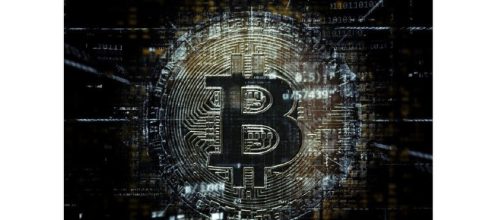The word 'blockchain' has been the hottest buzzword in the world of business. There is no escaping the nascent technology: Major banks, financial institutions, and corporations such as IBM have been quick to adopt the technology to improve their business processes. Even different industry sectors such as finance, e-commerce, and fashion are seeing the technology's vast potential.
It seems like the Art World is getting into the age of blockchain, too. Blockchain technology could possibly shake up the whole art industry by helping the artists retain a share in their work.
The concept is simple: give artists equity in their work
Amy Whitaker, an assistant professor at the department of visual arts at NYU Steinhard, proposes this hypothetical blockchain application in artist's work. Whitaker shares in an article from Artsy that the technology is 'crucial in democratizing art ownership'-- the public blockchain database could securely establish property rights, track ownership and authenticate artworks. Art can be traded from one hand to another, while artists still retain a piece of the financial pie. This concept is very much like in entrepreneurship where startup founders can retain ownership as the company grows from bootstrap to IPO.
It will help align value and price for artists
Blockchain technology is basically a digital ledger composing of multiple blocks of data. This could help encourage transparency, transactional standards and active participation by artists in the secondary market.
Such a powerful database could, Whitaker explains, help 'align price and value for the artists' by making them active participants in the economic value that they created.
Whitaker is well-versed in the art and business world, having worked at investment firm D.E. Shaw & Co before. She believes this 'anti-business' attitude among artist is counterproductive. In her words, the blockchain solution can help artists 'think about business well & creatively.' She says that 'pretending the market does not exist really doesn't serve you as an artist.'
To help the art world navigate through the technical crypto language, artists are helping fellow artists by educating them in more visual, comprehensible terms.
For example, NZ artist Simon Denny exhibited 'Blockchain Future States' at the Petzel Gallery, NY. He uses the 'Risk' board game to illustrate the technology to viewers.
Whether the art industry will fully embrace blockchain still remains to be seen, but the odds look promising.


